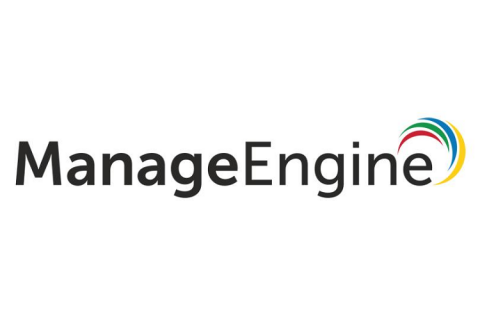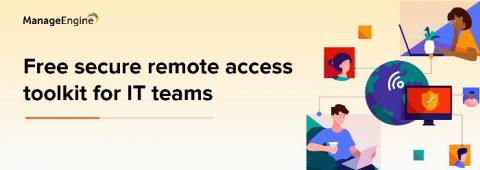Operations | Monitoring | ITSM | DevOps | Cloud
ManageEngine
Hardening Windows security: How to secure your organization - Part 1
The cybersecurity threat landscape is quickly changing. Administrators have become more cautious when it comes to security and governing access, end users have become tech-savvy and security-aware, and attackers have also raised their game. Living-off-the-land attacks, or LOTL, is one clear trend today, with attackers exploiting preinstalled features and default tools built into system.
File shadowing: The key to a swift recovery from USB and file-based attacks
USB devices are undeniably valuable, but they can be dangerous. On one hand, they are useful in transporting enterprise-critical data, but on the other, they can wreak havoc if misplaced, corrupted due to a human or hardware-related error, or stolen. It’s no wonder some companies forbid the use of USB devices altogether.
Ensuring your web applications offer an ideal user experience while working from home
While the recent pandemic has removed much of the traffic from the roads, it has led to an unusual increase in traffic on the internet. Online services are reporting a huge increase in the number of visitors and requests, making it tough to keep up with seamless service delivery. While service providers and experts say the internet can hold up for now, organizations are already implementing measures to prevent network congestion and interruptions in service during the continuing pandemic.
Have you modified your network configs for remote workers? Keep track of and manage changes.
By now, we’re all fairly aware that the ongoing crisis has changed the way people work. Businesses around the globe have adopted the remote working model. Many jobs today are compatible with remote working, with business-critical applications readily accessible through the internet. However, not all applications deployed in an organization are available through the internet. Some of them are available only on the business’ LAN due to security concerns.
Best practices to ensure data security while working remotely
Coronavirus has disrupted daily life for so many around the world in a shockingly short span of time. Lifestyles have shifted. A new normal, albeit a panic-stricken one, has set in. One-third of the global population is under lockdown to slow the spread of coronavirus. Many organizations have adopted temporary work-from-home measures to keep themselves up and running.
The rise in cyberattacks surrounding the COVID-19 pandemic
Fear, uncertainty, and doubt are powerful emotions, and time and again, hackers attempt to leverage these for their own gain. As the coronavirus develops into a worldwide pandemic, hackers are taking advantage of the fear many of us feel to spread malware. We’re seeing an abundance of coronavirus-themed phishing, business email compromise (BEC), malware, and ransomware attacks targeting different industries, especially in the health sector.
How VPN bandwidth monitoring helps retain remote workforce productivity
The COVID-19 outbreak has brought businesses around the globe to their knees. To survive, organizations across verticals are rolling out work-from-home policies. And for effective remote working, it’s imperative to employ VPN connections, as they serve as a conduit for workers to access business-critical data remotely. But when valuable VPN bandwidth is consumed by trivial activities, business-critical applications can run on only meager bandwidth, which translates to lost productivity.
Remote work: Being productive in a pandemic
With coronavirus (COVID-19) wreaking havoc across the globe, its disastrous effects are felt in the IT world, too. The lack of a complete work environment, as well as communication issues in development and production, will likely cause a total slowdown in every industry’s growth. Remote work is now mandatory in almost every enterprise.
Introducing our free Secure Remote Access Toolkit for IT teams
The global corporate landscape is on the brink of a complete premises lockdown in light of the COVID-19 crisis. Service disruption is inevitable, and enterprises’ business continuity plans are being put to the test. Despite this challenge, it’s heartening to see companies across nations take quick steps to ensure the health and safety of their employees during these trying times.











